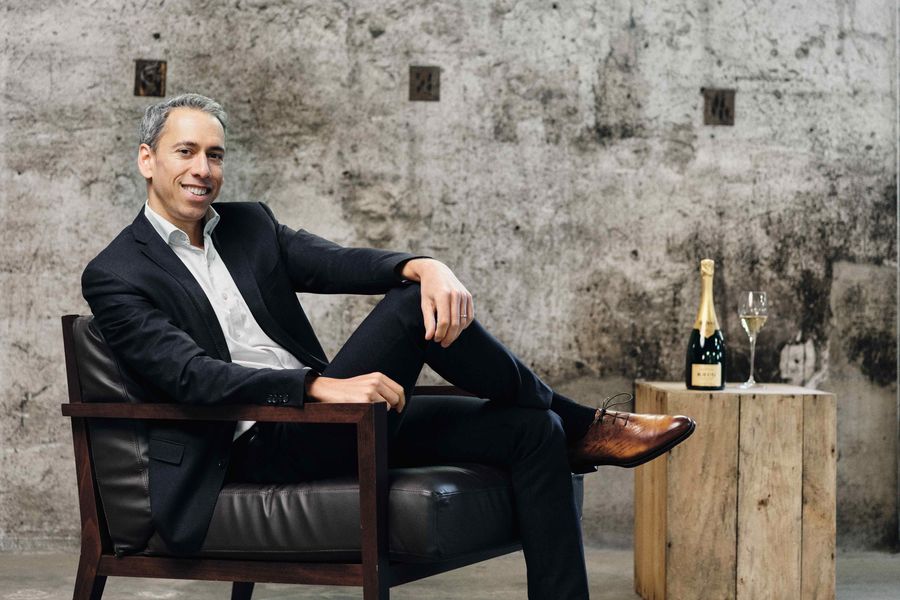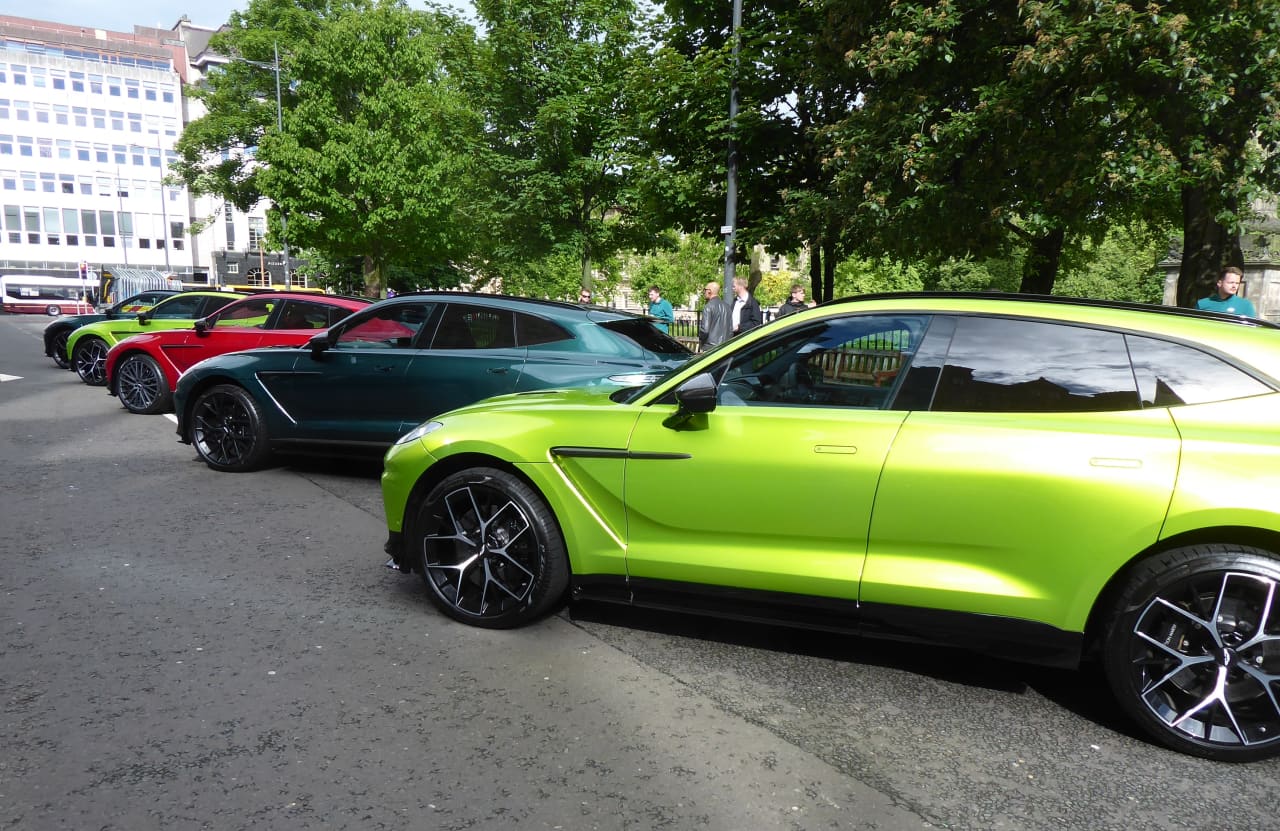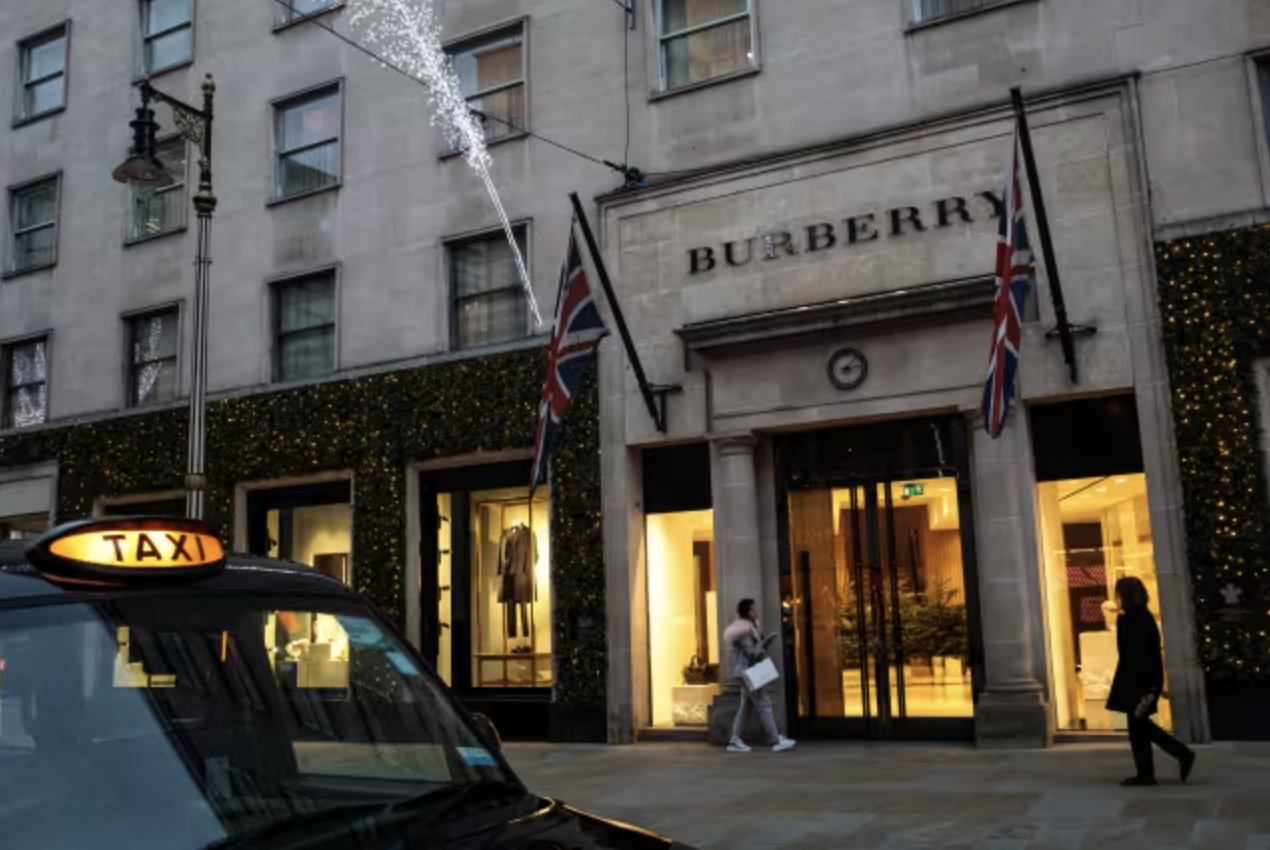20 Minutes With: New Krug Champagne President Manuel Reman
Founded in 1843 in Reims, France, Krug champagne is one of the most prestigious and sought-after wines globally. A price for a bottle ranges from US$210 for a Grand Cuvee, the non-vintage label that it recreates every year, to US$2,799 for Clos d’Ambonnay, a vintage that’s produced from a single plot of pinot noir grapes.
This year, Krug appointed a new president, Manuel Reman, who, at 44, is one of the youngest presidents in the brand’s history. He joins the company at a time when sales are at an all-time high, and the house can’t produce enough champagne to meet the demand. “We sold out of bottles everywhere last year, which has never really happened before,” Reman says. Despite its visibility, he points out that Krug is a small label that produces just 0.1 percent of the world’s champagnes from its 200 acres of vineyards—Moet Hennessy, in comparison, commands 15,000 acres. It’s also still run like a family house: Olivier Krug, the sixth generation Krug, is a director and heavily involved.
With sales soaring, Reman’s biggest mandate in his role is to maintain the champagne’s quality and not make radical changes to a formula that’s already working. But while he might be a newcomer to Krug, Reman has worked at its parent company, LVMH, for nearly two decades in various roles including as chief of staff for Moet Chandon’s CEO. Even before starting in the industry, however, appreciating wine—its terroir, body, and taste—was his longtime hobby that he pursued by joining wine clubs in Paris.
Reman recently spoke with Penta from Krug’s headquarters in Reims about the brand’s future, attracting new audiences, and his favourite ways to enjoy the perfect glass of bubbly.
PENTA: Krug is already a well-established brand. What is your vision for the company as its president?
Manuel Reman: There might be a lot of Krug fans, but we need to diversify who drinks our champagne. Currently, it’s enjoyed mostly by serious oenophiles, but we want to attract people who aren’t wine connoisseurs yet appreciate a great glass of champagne.
How has Krug changed since it was founded in 1843?
The taste profile of the champagne hasn’t changed. The toasted bread, spices, and orange marmalade that were characteristics when we were founded in 1843 still define our taste today. What has changed is the production process itself. We still ferment in oak barrels, although many champagne makers have switched to using stainless steel tanks. However, we now store our reserve wines in stainless steel, which keeps them fresher for longer. We usually stick with tradition but use modern techniques when it makes sense.
How does Krug differentiate itself from other luxury champagnes?
Most release only vintage champagnes which express the grape production of a particular year. Krug has vintages too, but we also release a Grand Cuvee—our non-vintage—every year that’s a blend of nearly 200 different wines produced in different years and from different grapes and regions.
Where are your biggest markets, and what areas are up-and-coming?
Japan, by far, is the biggest and has been for nearly 20 years. Nearly one out of every three bottles of Krug that is produced is consumed in Japan. It became popular there because Olivier Krug [the sixth generation of the Krug family and the house’s director] spent three years in Japan working on brand awareness.
After Japan, the U.S. is the biggest, although we’re only big in five markets: New York, Los Angeles, San Francisco, Texas, and South Florida. We’ve barely scratched the surface in the U.S., and part of the reason is that we don’t have enough bottles to sell.
In terms of up-and-coming markets, we’re seeing a lot of new drinkers in South Korea. Many high-end restaurants have opened in Seoul in recent years, and these places are carrying Krug. Germany and Italy are also newer markets for us and gained traction during Covid. The duty-free stores in the airports where Krug sells bottles were closed so we reallocated them to these countries, and people got to know about the brand.
There’s been a lot of press about the champagne shortage during the pandemic. What’s the reason behind the shortage, and how is Krug dealing with it?
People were home during Covid and started to consume champagne at home instead of saving it for a special occasion at a restaurant. They weren’t spending their discretionary income on traveling or going to restaurants and had a budget to spend on luxury items at home. Champagne fit into that trend.
Krug is dealing with the shortage by trying to make sure that our distribution is even in various markets and across restaurants and retailers. We are also asking retailers to limit the amount that customers can buy. What we don’t want is for any one person to buy a large number of bottles to keep or to resell.
You’re a proponent of the brand being about more than just drinking champagne. Can you explain what you mean?
I’m of the view that Krug needs to be an experience, not just a sparkling wine. For example, the Krug family house is in the village of Reims in the Champagne region, and we invite people to visit it for meals and tastings. The way we do our tastings is unique: We pair each champagne with a different music composition. We commission music from musicians all over the world and ask them to compose short songs for us based on the creative inspiration they get when they drink our champagnes. It could be classical, jazz, pop, or anything. We play their compositions while visitors drink our various champagnes. Chloe Flower, a classical pianist from the U.S., is one example of a musician we have collaborated with.
We also give private tours of our vineyards and cellars for people who schedule in advance. You can even spend the whole day in the fields appreciating the landscape, the greenery, the sounds of the birds, and just being outside.
Any tips for budding champagne collectors?
Know that champagne can age beautifully, but you need to store it away from the light and in cool temperatures. I also suggest buying champagnes from a diversity of brands, from small growers to well-known labels, because there are so many styles, and a collection should always have a mix. Once you find a champagne that you love, buy as much of it as you can. The scarcity issue isn’t going anywhere, especially with climate change and unpredictable harvest conditions. Follow your taste, not any rules about what champagne you should and shouldn’t own.
What advice can you share for enjoying the perfect glass of champagne?
First of all, please drink it in flutes. Champagne is a wine and should be drunk in a white wine glass. People started using flutes to see the effect of the bubbles rising from the bottom to the top, but they’re like listening to a concert with earplugs—the shape of the glass mutes the taste.
And, never wait for a special occasion to drink. Pop a bottle anytime, even on a Monday night dinner at home. What you’re celebrating is the champagne and the connection you have with the person you’re drinking it with.
 Copyright 2020, Dow Jones & Company, Inc. All Rights Reserved Worldwide. LEARN MORE
Copyright 2020, Dow Jones & Company, Inc. All Rights Reserved Worldwide. LEARN MORE
This stylish family home combines a classic palette and finishes with a flexible floorplan
Just 55 minutes from Sydney, make this your creative getaway located in the majestic Hawkesbury region.
As Paris makes its final preparations for the Olympic games, its residents are busy with their own—packing their suitcases, confirming their reservations, and getting out of town.
Worried about the hordes of crowds and overall chaos the Olympics could bring, Parisians are fleeing the city in droves and inundating resort cities around the country. Hotels and holiday rentals in some of France’s most popular vacation destinations—from the French Riviera in the south to the beaches of Normandy in the north—say they are expecting massive crowds this year in advance of the Olympics. The games will run from July 26-Aug. 1.
“It’s already a major holiday season for us, and beyond that, we have the Olympics,” says Stéphane Personeni, general manager of the Lily of the Valley hotel in Saint Tropez. “People began booking early this year.”
Personeni’s hotel typically has no issues filling its rooms each summer—by May of each year, the luxury hotel typically finds itself completely booked out for the months of July and August. But this year, the 53-room hotel began filling up for summer reservations in February.
“We told our regular guests that everything—hotels, apartments, villas—are going to be hard to find this summer,” Personeni says. His neighbours around Saint Tropez say they’re similarly booked up.
As of March, the online marketplace Gens de Confiance (“Trusted People”), saw a 50% increase in reservations from Parisians seeking vacation rentals outside the capital during the Olympics.
Already, August is a popular vacation time for the French. With a minimum of five weeks of vacation mandated by law, many decide to take the entire month off, renting out villas in beachside destinations for longer periods.
But beyond the typical August travel, the Olympics are having a real impact, says Bertille Marchal, a spokesperson for Gens de Confiance.
“We’ve seen nearly three times more reservations for the dates of the Olympics than the following two weeks,” Marchal says. “The increase is definitely linked to the Olympic Games.”

Getty Images
According to the site, the most sought-out vacation destinations are Morbihan and Loire-Atlantique, a seaside region in the northwest; le Var, a coastal area within the southeast of France along the Côte d’Azur; and the island of Corsica in the Mediterranean.
Meanwhile, the Olympics haven’t necessarily been a boon to foreign tourism in the country. Many tourists who might have otherwise come to France are avoiding it this year in favour of other European capitals. In Paris, demand for stays at high-end hotels has collapsed, with bookings down 50% in July compared to last year, according to UMIH Prestige, which represents hotels charging at least €800 ($865) a night for rooms.
Earlier this year, high-end restaurants and concierges said the Olympics might even be an opportunity to score a hard-get-seat at the city’s fine dining.
In the Occitanie region in southwest France, the overall number of reservations this summer hasn’t changed much from last year, says Vincent Gare, president of the regional tourism committee there.
“But looking further at the numbers, we do see an increase in the clientele coming from the Paris region,” Gare told Le Figaro, noting that the increase in reservations has fallen directly on the dates of the Olympic games.
Michel Barré, a retiree living in Paris’s Le Marais neighbourhood, is one of those opting for the beach rather than the opening ceremony. In January, he booked a stay in Normandy for two weeks.
“Even though it’s a major European capital, Paris is still a small city—it’s a massive effort to host all of these events,” Barré says. “The Olympics are going to be a mess.”
More than anything, he just wants some calm after an event-filled summer in Paris, which just before the Olympics experienced the drama of a snap election called by Macron.
“It’s been a hectic summer here,” he says.

AFP via Getty Images
Parisians—Barré included—feel that the city, by over-catering to its tourists, is driving out many residents.
Parts of the Seine—usually one of the most popular summertime hangout spots —have been closed off for weeks as the city installs bleachers and Olympics signage. In certain neighbourhoods, residents will need to scan a QR code with police to access their own apartments. And from the Olympics to Sept. 8, Paris is nearly doubling the price of transit tickets from €2.15 to €4 per ride.
The city’s clear willingness to capitalise on its tourists has motivated some residents to do the same. In March, the number of active Airbnb listings in Paris reached an all-time high as hosts rushed to list their apartments. Listings grew 40% from the same time last year, according to the company.
With their regular clients taking off, Parisian restaurants and merchants are complaining that business is down.
“Are there any Parisians left in Paris?” Alaine Fontaine, president of the restaurant industry association, told the radio station Franceinfo on Sunday. “For the last three weeks, there haven’t been any here.”
Still, for all the talk of those leaving, there are plenty who have decided to stick around.
Jay Swanson, an American expat and YouTuber, can’t imagine leaving during the Olympics—he secured his tickets to see ping pong and volleyball last year. He’s also less concerned about the crowds and road closures than others, having just put together a series of videos explaining how to navigate Paris during the games.
“It’s been 100 years since the Games came to Paris; when else will we get a chance to host the world like this?” Swanson says. “So many Parisians are leaving and tourism is down, so not only will it be quiet but the only people left will be here for a party.”
This stylish family home combines a classic palette and finishes with a flexible floorplan
Just 55 minutes from Sydney, make this your creative getaway located in the majestic Hawkesbury region.






















